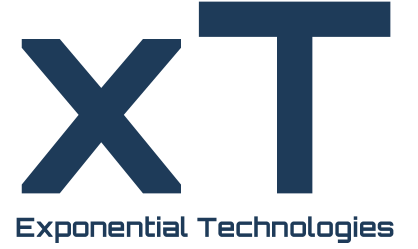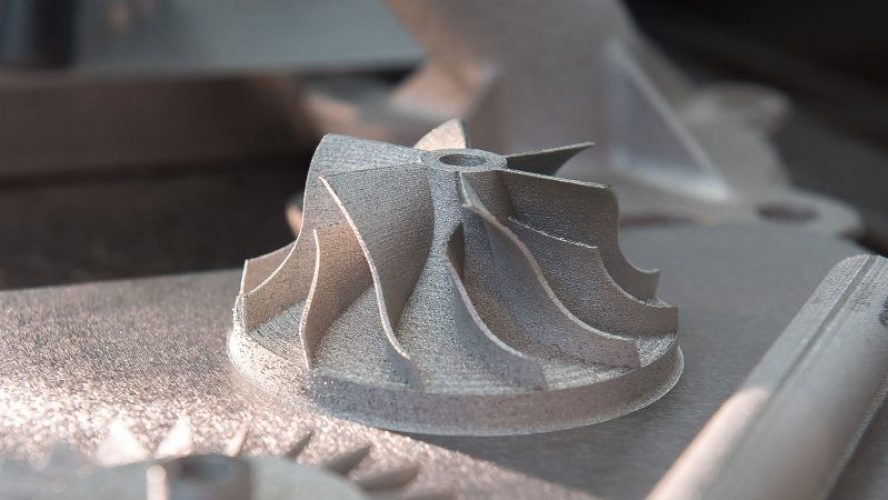In additive manufacturing, and particularly in laser powder bed fusion (LPBF), finding the right printing parameters is a highly complex task. The interactions between the machine and the material are complicated and involve many different disciplines, like metallurgy, laser science, mechanical engineers and many more. This makes the development of printing parameters for new and existing materials extremely time and cost intensive. In result, additive manufacturing can offer only a small amount of processable materials when compared to classical manufacturing methods. For additive manufacturing to become a true industrial manufacturing technology hundreds of new materials will have to be made printable over the next years. As demonstrated in a pilot project with a large German LPBF machine manufacturer, xT SAAM significantly reduces the time and cost of printer parameter development.
Strength and consistency
Titanium alloys such as Ti-6Al-4V and others are used in a variety of industries including aviation, automotive, space, and others. Due to its light weight but high strength Titanium is the perfect material in applications with high mechanical requirements under weight restrictions. This makes Titanium and additive manufacturing a perfect match. If done correctly, additive manufacturing has the ability to decrease weight of printed parts while at the same time maintaining or even improving mechanical properties. Additionally, additive manufacturing allows the integration of cooling channels within the walls of the end part, making it ideal for applications in engines and propulsion systems.
However, in order to produce Titanium alloy end parts for aviation, automotive or space applications with additive manufacturing the part quality has to be high. More importantly, the production results have to be very consistent. This is often a problem with additive manufacturing as 3D printing processes in general, but especially LPBF, are extremely sensitive to even minor changes in processing parameters or environmental factors. To ensure the consistent production of high quality end parts, the printer parameters have to be optimized for specific applications.
High density vs. fast production
The task for the pilot project with the German LPBF machine manufacturer was to optimize the printing parameters for an existing Titanium alloy to achieve highest possible density while maintaining high productions speeds. The optimization included 5 printer parameters: laser power, scan speed, hatch distance, stripe width and stripe overlap. While the layer thickness was kept constant. To avoid too many failed prints we added a search constraint in form of an approximated energy density function that included the laser power, layer thickness, scanning speed and hatch distance. In this way, prints in which the material doesn’t fuse at all or burns could be avoided from the start. As optimization objectives we defined the maximum pore size, build rate, porosity, density and an subjective expert opinion. The expert opinion was introduced as the expert could identify problems during the print by looking at the melt pool and later in the cross cuts, however, there was no objective measurement available that could identify these problems consistently. The budget for the experimentation was fixed to 6 iterations with 20 density cubes each.
Success
The best performing parameter set was found during the 4th iteration. This parameter set resulted in a significantly reduced pore size, increased build rate (~5%) and a slightly increased part density, when compared to the company’s previously developed parameter sets. However, the even more surprising result was that we were able to find at least 3 parameter sets with very different parameter values but extremely similar end part properties. Having options is especially important because the probability that a parameter set leads to optimized but unstable production parameters is high. Having a choice between vastly different parameters sets with similar outcomes increases the chance of finding stable production parameters in the first experimental campaign.
Making materials printable faster
In our pilot project with the German LPBF machine manufacturer we were able to demonstrate that our solution significantly reduce time and cost of the printer parameter development for metal powders. Finding reliable production parameters with only 80 density cubes is extremely fast compared to the standard procedure, that can take several years, cost millions and typically requires several hundreds of density cubes. The good news is, xT SAAM can also improve the speed and cost of your R&D projects significantly, no matter which 3D printing technology or material you use…
If you are interested in our products or if you have any questions, please contact us.


